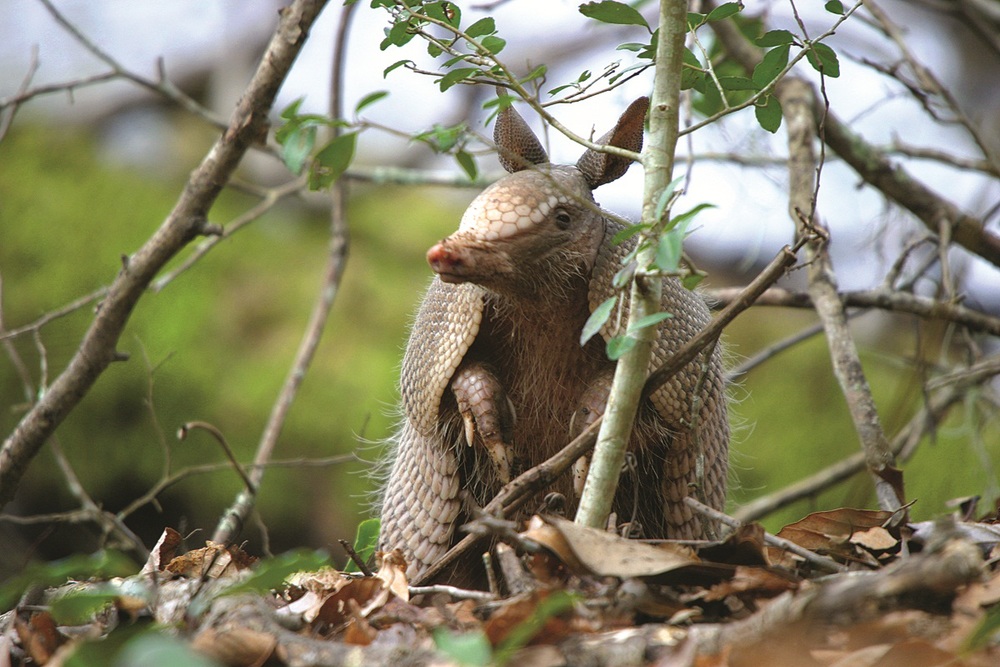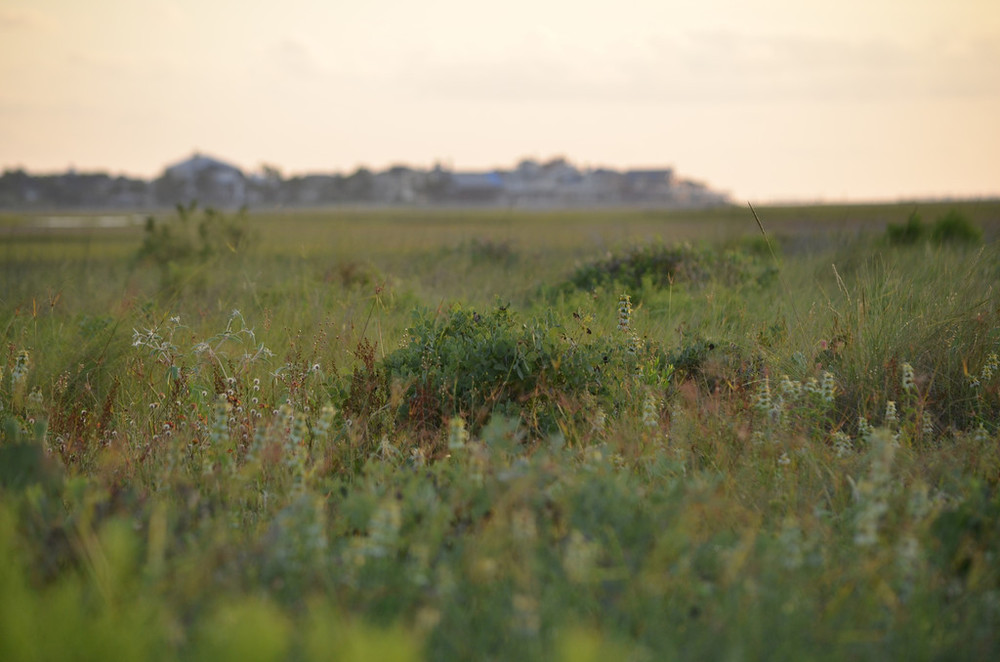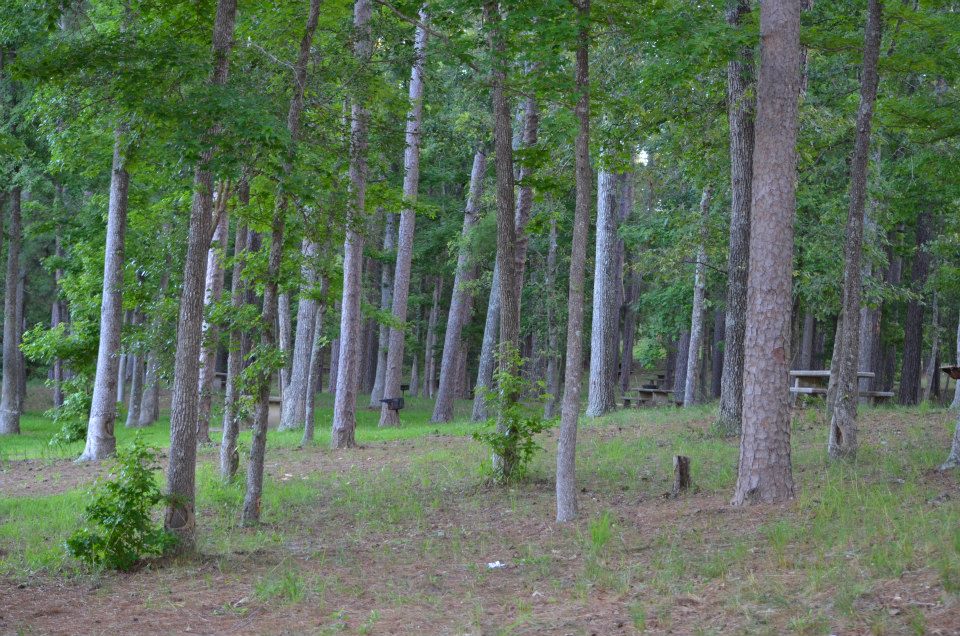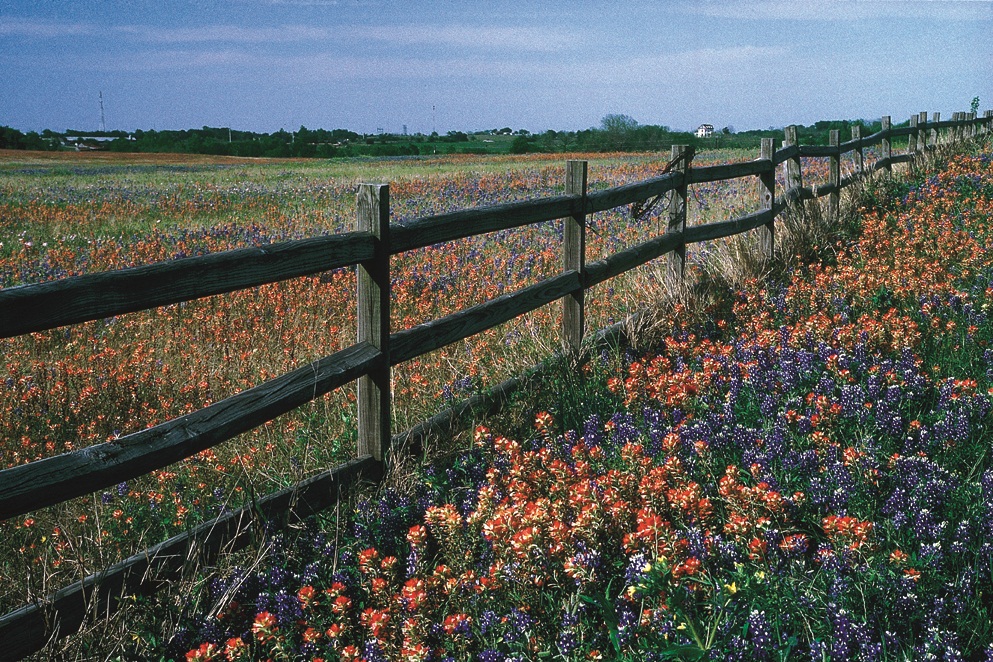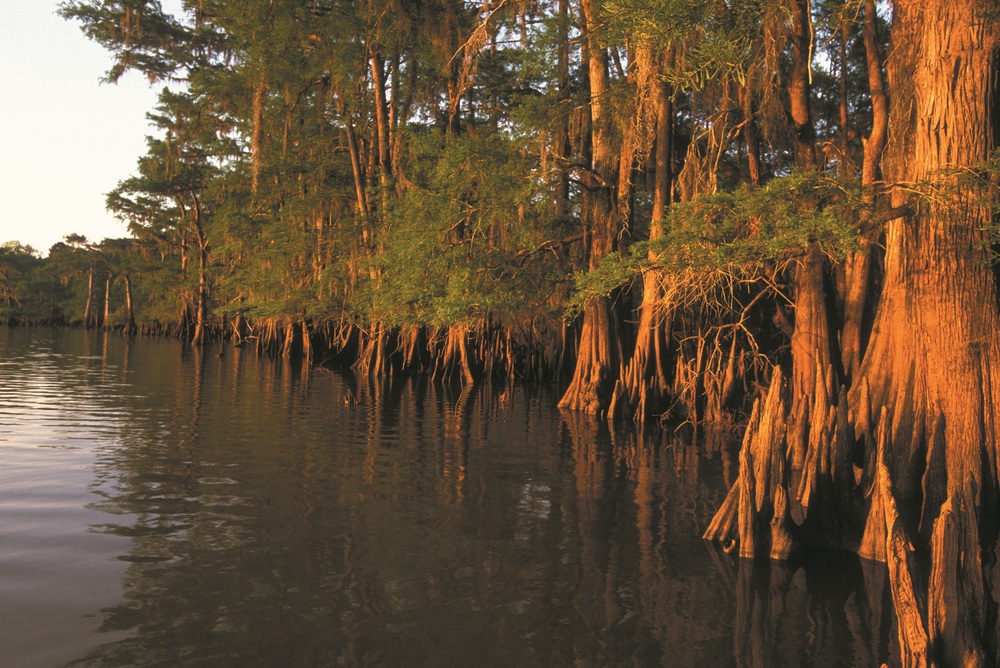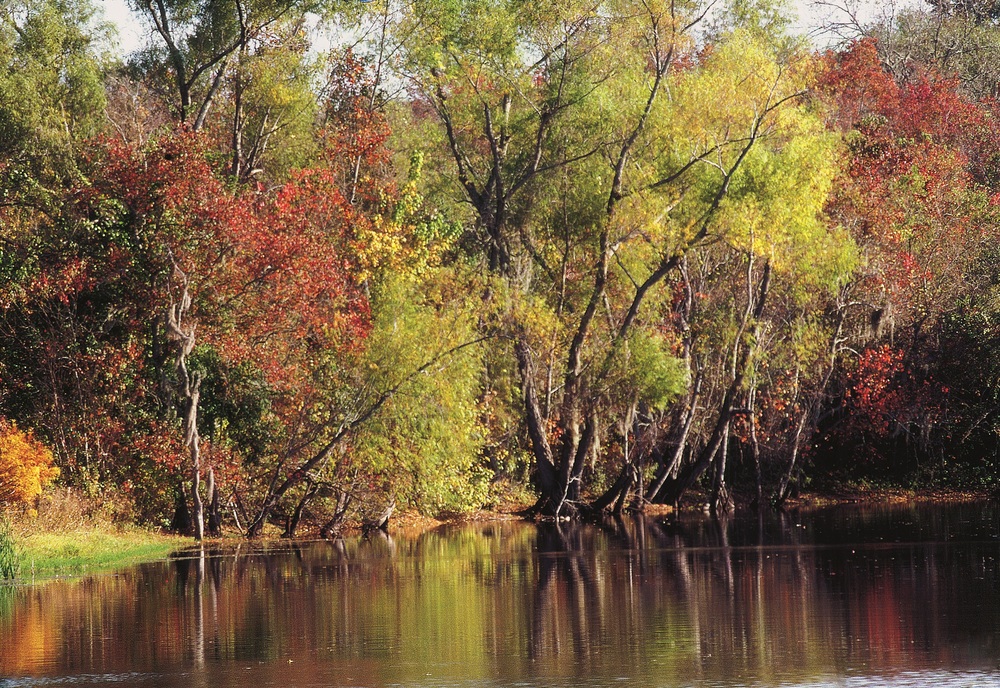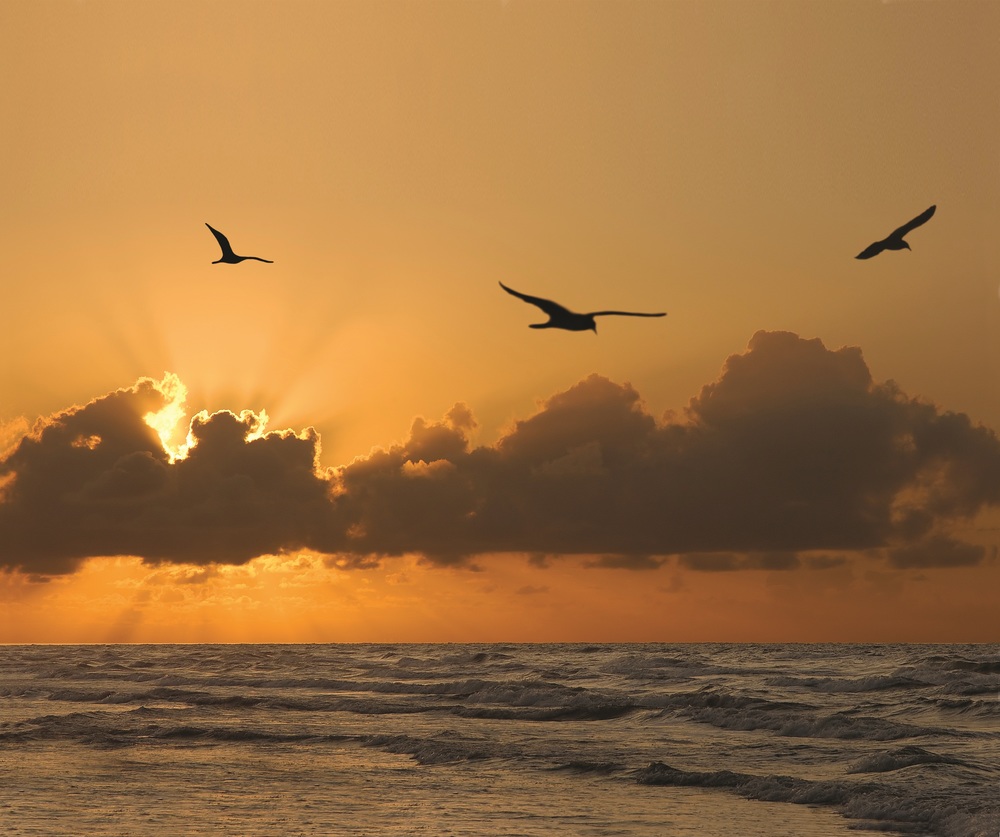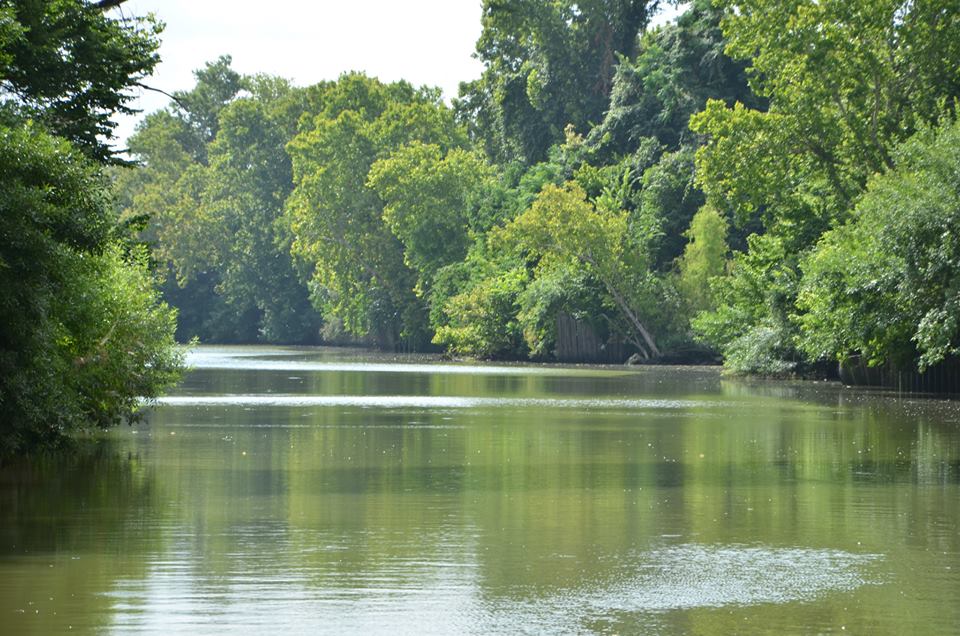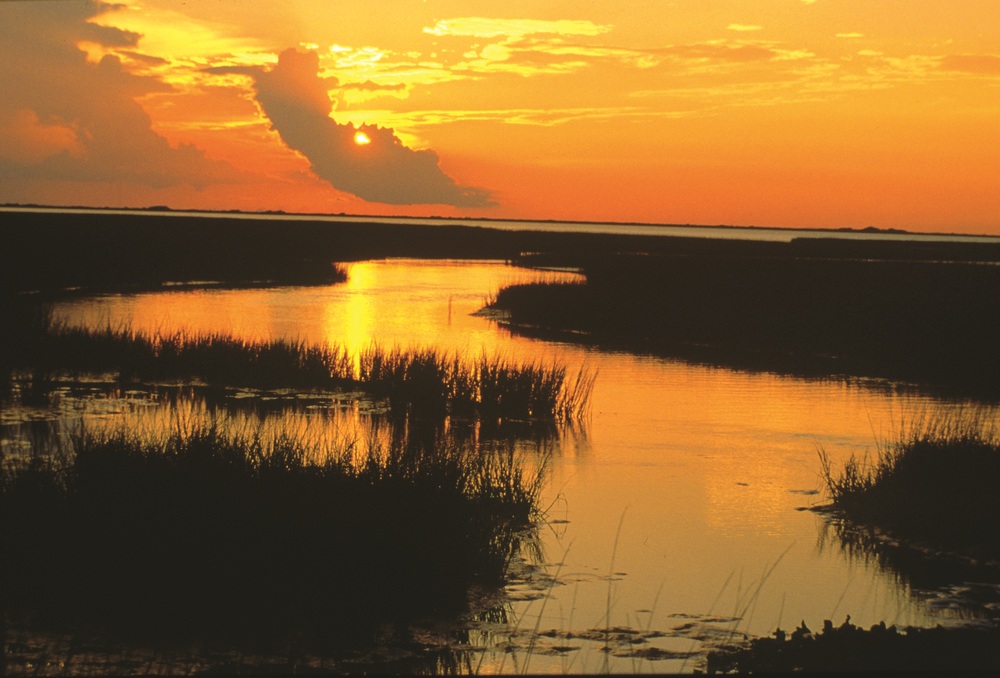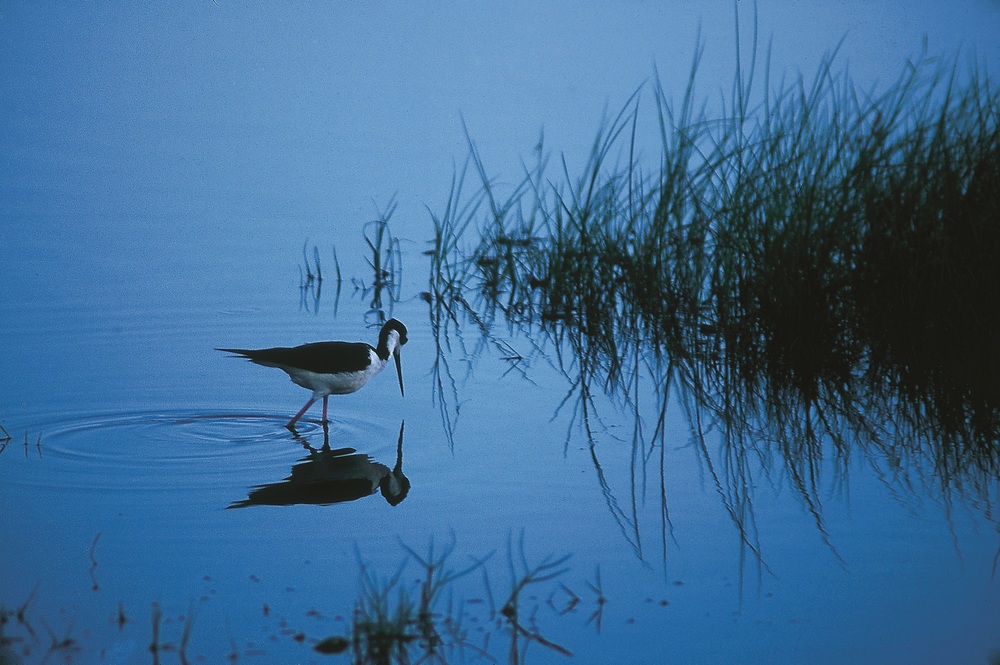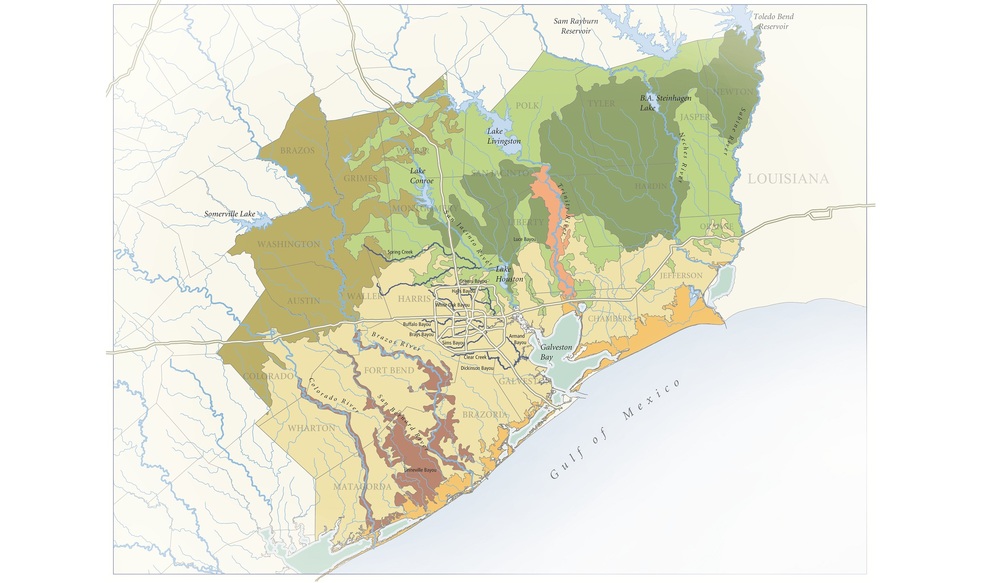For "Summary Saturday": News, some new, some old:
How to make Turkey Gumbo
- "Yield: 4 servings
Measure
Ingredient
2 tablespoons
Butter or coconut oil
 ½ pounds
½ pounds
Fresh or frozen okra 1" pcs.
2 cups
Chopped celery
1 medium
Onion, chopped
1 small
Sweet green, yellow or red pepper, chopped
2
Garlic cloves, minced
8 ounces
Can tomato paste
4
Ripe tomatoes peeled OR
16 oz can peeled tomatoes
2 cups
Water
2 cups
Chopped cooked turkey
¾ teaspoon
Gumbo file powder
Cooked rice, preferably brown.
----
Melt the butter or coconut oil in a large skillet. Add the okra. Sauté until the okra loses its shiny appearance, about 5 minutes. Remove the okra pieces to a bowl. Add the celery, onion, green pepper, and garlic to the skillet.
Cook over medium heat until the onion is transparent. Add the tomato paste, tomatoes, water, okra mixture, and turkey. Cook over low heat 10 minutes or until turkey is hot. Add the file powder. Stir to blend. Spoon over the rice in soup bowls. Or put rice on top with an ice cream scoop."
¼ recipe = 255 calories, 3 lean meat, 1 bread, 1 vegetable 19 grams carbohydrate, 25 grams protein, 10 grams fat, 176 mg sodium, 1102 mg potassium, 54 mg cholesterol.
From Me: As I don't eat pork, this recipe doesn't have any sausage in it. You can add some as you see fit.
_______
FBI’s Online Holiday Shopping Tips

"The FBI reminds holiday shoppers to beware of cyber criminals who are out to steal money and personal information. Scammers use many techniques to defraud consumers, from phishing e-mails offering too good to be true deals on brand-name merchandise to offering quick cash to victims who will re-ship packages to additional destinations. Previously reported scams are still being executed today.
Bank transactions and correspondence from financial institutions should also be closely reviewed. Bank accounts can often serve as a target for criminals to initiate account takeovers or commit identity theft by creating new accounts in the victims’ name. Consumers should never click on a link embedded in an e-mail from their bank, but rather open a new webpage and manually enter the URL (web address), because phishing scams often start with phony e-mails that feature the bank’s name and logo." More at: http://montgomerycountypolicereporter.com/fbis-online-holiday-shopping-tips/
______
If a Heart Attack Strikes, Will You Recognize the Symptoms?
"Do you know the symptoms of a heart attack? Would you call 9-1-1 if you or someone you were with was experiencing the warning signs?
Many people who suffer a heart attack either don’t recognize the signs or dismiss them. Although “It can’t be happening to me!” is a natural reaction, it’s in your best interest to play it safe and get checked out. To improve the odds of survival and of preserving heart muscle function, it is crucial to –
Recognize the symptoms, which are most typically described as a pressure or squeezing central chest discomfort; however, heart attack patients have also described pain in the upper arm, across the back, up into the neck and jaw. Others have described it as heartburn, nausea, vomiting, or abdominal pain.
 Women’s symptoms may be different, and could include sudden onset of weakness; shortness of breath; nausea or vomiting; indigestion; fatigue; and an overall feeling of illness; mild discomfort in the back, chest, arm, neck, or jaw; or sleep disturbance. Don’t forget - not all patients who have a heart attack experience chest pain.
Women’s symptoms may be different, and could include sudden onset of weakness; shortness of breath; nausea or vomiting; indigestion; fatigue; and an overall feeling of illness; mild discomfort in the back, chest, arm, neck, or jaw; or sleep disturbance. Don’t forget - not all patients who have a heart attack experience chest pain.
Call 9-1-1 so emergency responders can run an ECG before arriving at the hospital. The ambulance can send the results to the hospital. Based on the findings, they may alert an interventional cardiologist to be standing by. Can you do that driving in your car?" More at: http://www.scai.org/SecondsCount/Resources/Detail.aspx?cid=a000350e-07d4-4f90-b957-bfa7e075a7ec
-------
If You're Stricken, Minutes Matter, Yet Many Ignore Signs, Delay Treatment
"Ron Winslow on Lunch Break looks at how to prevent a heart attack, and Melinda Beck discusses symptoms to look out for and what to do while waiting for paramedics. Photo: Getty Images.
The advice sounds very simple. The best way to survive a heart attack is:
1. Recognize the symptoms.
2. Call 911.
3. Chew an aspirin while waiting for emergency personnel to arrive.
But every year, 133,000 Americans die of heart attacks, and another 300,000 die of sudden cardiac arrest—largely because they didn't get help in time.
Of all the efforts to combat cardiovascular disease in the U.S., "this is our Achilles' heel, and it's the area where we've made the least progress," says Ralph Brindis, a past president of the American College of Cardiology.
Heart-attack sufferers fare best when they get to the hospital within one hour after symptoms start. But on average, it takes two to four hours for patients to arrive, and some wait days before seeking medical care. Reasons range from confusion to denial to fear of looking silly if they aren't having a health crisis after all." More and stories at: http://online.wsj.com/news/articles/SB10001424052702304432704577347723157872672
______
Tennessee Valley Authority Makes Major Coal Plant Retirement Announcement
 "At a board meeting in Oxford, Mississippi the Tennessee Valley Authority (TVA) Board of Directors voted to retire units at three of its coal plants. This will affect coal-burning units at the Colbert and Widows Creek plants in Alabama and the Paradise plant in Kentucky. Today’s announcement by TVA made clear that, as one of the largest utilities in the country, it is ready to back away even further from the use of dirty, outdated coal for electricity.
"At a board meeting in Oxford, Mississippi the Tennessee Valley Authority (TVA) Board of Directors voted to retire units at three of its coal plants. This will affect coal-burning units at the Colbert and Widows Creek plants in Alabama and the Paradise plant in Kentucky. Today’s announcement by TVA made clear that, as one of the largest utilities in the country, it is ready to back away even further from the use of dirty, outdated coal for electricity. TVA’s commitment to retire units at three coal plants will protect customers from rising energy bills as coal prices increase, and protect families from the health threats posed by coal pollution. According to the Clean Air Task Force, pollution from the Colbert coal plant in Alabama alone contributed to 940 asthma attacks, 83 heart attacks, and 57 deaths per year." More at: http://www.tnsolarenergy.org/tennessee-valley-authority-makes-major-coal-plant-retirement-announcement
_______
Most People Have Never Heard About The Dangers of "Ghost Fishing"
 "“Ghost fishing” is a term that describes what happens when lost or abandoned fishing nets and other gear are left behind in the ocean. The nets trap fish, kill marine mammals, smother habitat and pose navigation hazards.
"“Ghost fishing” is a term that describes what happens when lost or abandoned fishing nets and other gear are left behind in the ocean. The nets trap fish, kill marine mammals, smother habitat and pose navigation hazards.
According to the NOAA’s National Ocean Service, this derelict fishing gear is one of the primary types of debris impacting our marine environment today.
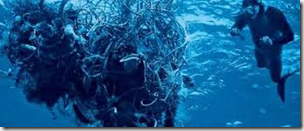 Fortunately, a global network of volunteer divers has taken on the challenge of trying to clean up the mess left behind by abandoned fishing nets and other gear. The work is extremely difficult, often frustrating, and always dangerous, and should be attempted by only the most highly skilled divers.
Fortunately, a global network of volunteer divers has taken on the challenge of trying to clean up the mess left behind by abandoned fishing nets and other gear. The work is extremely difficult, often frustrating, and always dangerous, and should be attempted by only the most highly skilled divers.
 One group of volunteers from the Los Angeles area is pushing for a state law that would require fishing boats to report lost nets immediately. The sooner abandoned nets are recovered, the less impact they have on the ocean environment and its inhabitants.
One group of volunteers from the Los Angeles area is pushing for a state law that would require fishing boats to report lost nets immediately. The sooner abandoned nets are recovered, the less impact they have on the ocean environment and its inhabitants.
Each of us can do our part to help preserve marine ecosystems by learning about the issues facing the ocean and its inhabitants, and by being conscious consumers and responsible advocates." More at: http://healthypets.mercola.com/sites/healthypets/archive/2013/11/20/ghost-fishing.aspx
______
Batteries Not Included: Why Toys R Us Got It Wrong
"Play is the work of childhood. It’s so vital and fulfilling an activity that the United Nations High Commission for Human Rights has recognized the right of every child to play—it’s that essential to the healthy development of young people everywhere.One other thing about play: For all but the most recent sliver of human history, play was an unstructured activity that took place outdoors. Nature, in a very real sense, was the playground that informed our development—mind, body, and spirit.
To many of us, this might seem like good old-fashioned common sense. Yet, in the United States, we have been witnessing the slow, steady migration of our children to the indoors, where green time has been replaced by screen time, and where the epidemic of childhood obesity has grown for decades.
All of which is why I take issue with the recent ad campaign from retailer Toys R Us, which depicts a group of school children, ostensibly being taken on a field trip to the forest by a ranger-like figure, suddenly becoming frenzied with delight when they learn that their field trip is actually going to the store where they each will receive the toy of their choosing. It is, the ad informs us, where you can “make all their wishes come true.”
It’s tempting to suggest that one might wish for more than a wonderland of plastic and licensed characters, but I have no complaint with toys themselves. What child wouldn’t enjoy playing with them for a while? Rather, I object to the trite, ham-handed, and erroneous characterization of nature as boring to children. It might work well within that fantasy world of marketing, but it’s simply not borne out by the facts of the real world.
Children who climb trees, make mud pies, explore streams, stare at clouds, collect leaves, make swords of sticks, wish on dandelions, build forts and fairy houses—these children are exercising their bodies as they exercise their imaginations, with no batteries required, and are immeasurably the richer for it." More at: http://www.parkadvocate.org/batteries-not-included-why-toys-r-us-got-it-wrong/
______
On This Day:
Unsafe at Any Speed hits bookstores, Nov 30, 1965:
"On this day in 1965, 32-year-old lawyer Ralph Nader publishes the muckraking book Unsafe at Any Speed: The Designed-In Dangers of the American Automobile. The book became a best-seller right away. It also prompted the passage of the National Traffic and Motor Vehicle Safety Act of 1966, seat-belt laws in 49 states (all but New Hampshire) and a number of other road-safety initiatives.
Today, seat belts, air bags, anti-lock brakes and other innovations are standard features in almost every new car."
______
Brady Bill signed into law, Nov 30, 1993:
"During a White House ceremony attended by James S. Brady, President Bill Clinton signs the Brady handgun-control bill into law. The law requires a prospective handgun buyer to wait five business days while the authorities check on his or her background, during which time the sale is approved or prohibited based on an established set of criteria.
In 1981, James Brady, who served as press secretary for President Ronald Reagan, was shot in the head by John Hinckley, Jr., during an attempt on President Reagan's life outside a hotel in Washington, D.C. Reagan himself was shot in his left lung but recovered and returned to the White House within two weeks. Brady, the most seriously injured in the attack, was momentarily pronounced dead at the hospital but survived and began an impressive recovery from his debilitating brain injury.
During the 1980s, Brady became a leading proponent of gun-control legislation and in 1987 succeeded in getting a bill introduced into Congress. The Brady Bill, as it became known, was staunchly opposed by many congressmen, who, in reference to the Second Amendment to the U.S. Constitution, questioned the constitutionality of regulating the ownership of arms. In 1993, with the support of President Bill Clinton, an advocate of gun control, the Brady Bill became law."
______
Yesterday:
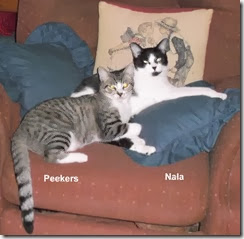 A quiet day at home, tending to some chores, and trying to figure out how to get a bird out of my screen porch. I put out some food and water for it, and eventually it found it's own way out. As soon as it warms up we will get the two top triangles screened in.
A quiet day at home, tending to some chores, and trying to figure out how to get a bird out of my screen porch. I put out some food and water for it, and eventually it found it's own way out. As soon as it warms up we will get the two top triangles screened in.
This new LG heat/air conditioner is so stupid, the fan doesn't go off when the desired heat temperature is reached. It was blowing cold air on me most of the time, and I could even feel it all the way in the kitchen. Furnaces don't work like that, so why would the manufacturer make it that way? So I searched for alternative brands. I know my old Whirlpool Heat/Air had an 'Energy Saver' setting for Heat and Air, and the fan would go off until it was needed again. Alas, Whirlpool doesn't made them anymore.
It did warm up to the sunny 60's, but the damage was done, that cold air blowing on me really affected me, and I started coughing and sniffling. I had to shut the heat/air off and use space heaters. I felt like I was chilled to the marrow in my bones, and couldn't get warm all day.


 "Everyone knows Thanksgiving dinner is loaded with carbs, calories, and fat. But how much sugar is on your plate? Pumpkin pie and candied yams are obvious culprits, but you'd be surprised where else sugar shows up.
"Everyone knows Thanksgiving dinner is loaded with carbs, calories, and fat. But how much sugar is on your plate? Pumpkin pie and candied yams are obvious culprits, but you'd be surprised where else sugar shows up.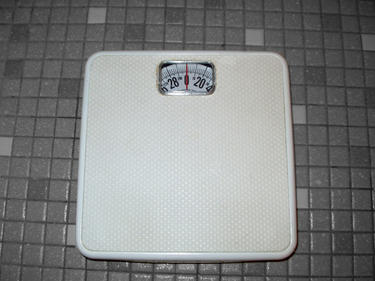
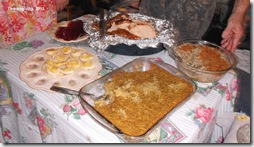
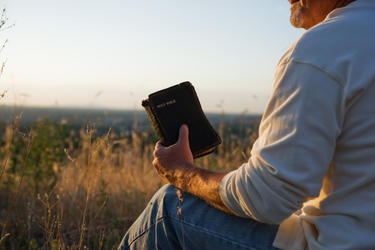
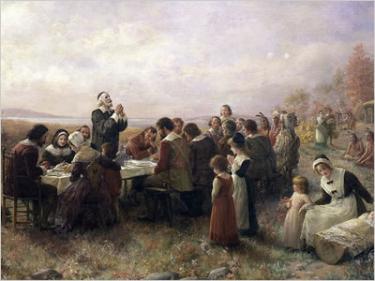


















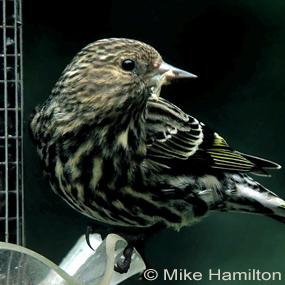


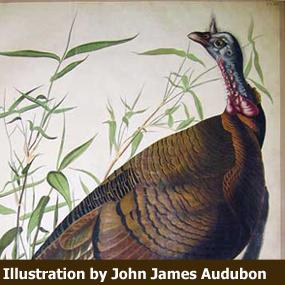



 "Home to some of the best beaches in America, the Texas Gulf Coast region draws millions of visitors to this Texas playground. Stretching some 350 miles from South Padre Island & the Rio Grande Valley, all the way to Beaumont & the Louisiana border, this region is renowned for its wildlife & natural beauty, as well as the home of America's space program. Discover the Beaches of the Texas Gulf Coast Region."
"Home to some of the best beaches in America, the Texas Gulf Coast region draws millions of visitors to this Texas playground. Stretching some 350 miles from South Padre Island & the Rio Grande Valley, all the way to Beaumont & the Louisiana border, this region is renowned for its wildlife & natural beauty, as well as the home of America's space program. Discover the Beaches of the Texas Gulf Coast Region."

 While I didn’t have time for the in-depth
While I didn’t have time for the in-depth 
